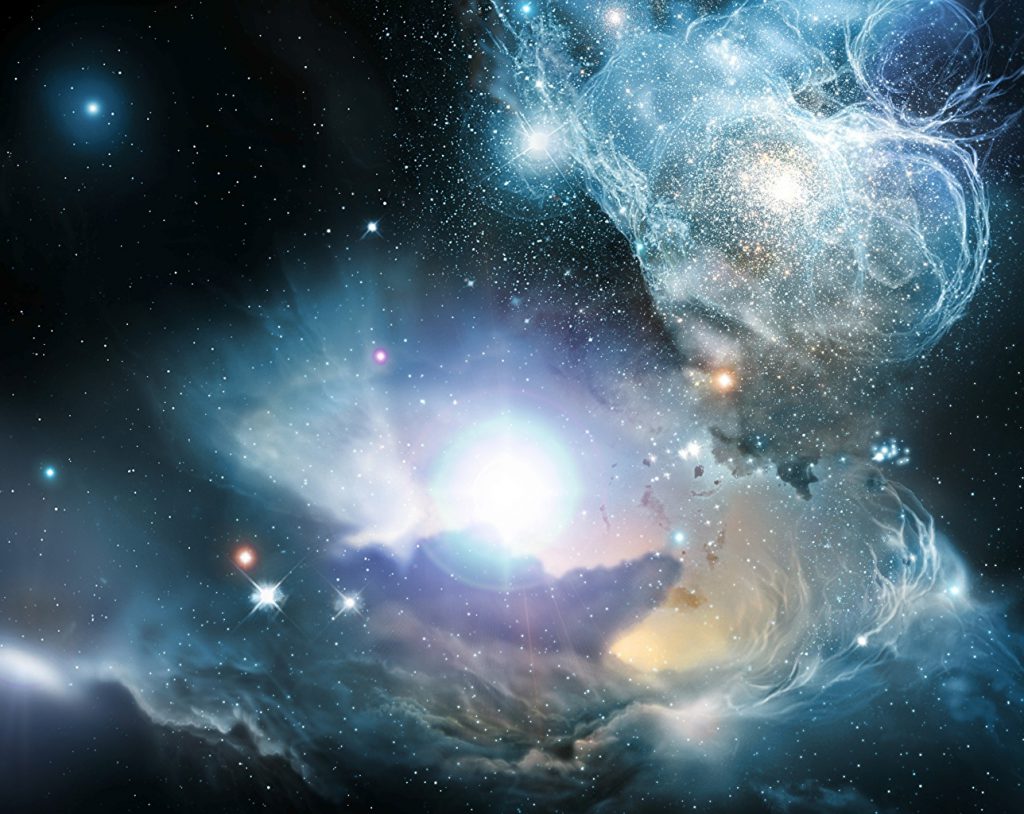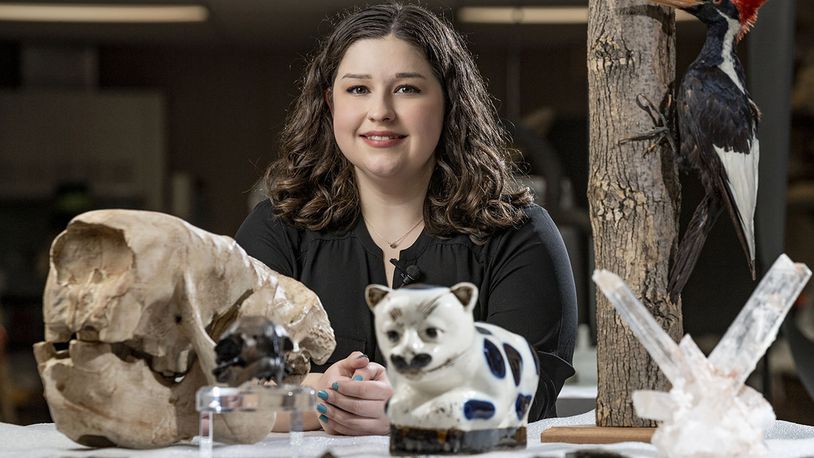The Dayton Society of Natural History curates approximately 1.8 million objects and specimens across several disciplines. The Anthropology Collection is our largest (1.4 million items) and is dominated by archaeological specimens, including those excavated from SunWatch Indian Village/Archaeological Park. The Biology Collection (280,000 specimens) includes many insects as well as a wide variety of plants and animals. Our Geology Collection (15,000 specimens) has many rocks, minerals, and fossils. Our Astronomy Collection consists of several dozen meteorites and our Live Animal Collection has over 100 animals, including both exotic and local species that are on display in several areas of the museum, including the Discovery Zoo. Exotic species on display include porcupine and agoutis from South America, meerkats from Africa, a red–tailed boa, and many others. Local species represented include large animals such as otters and small creatures such as turtles and salamanders.
Each of our collections has diverse and interesting holdings, but we have many objects and specimens that we take exceptional pride in curating. An item or group of items may be a highlight of our collections due to its uniqueness, age, appearance, or scientific value.






